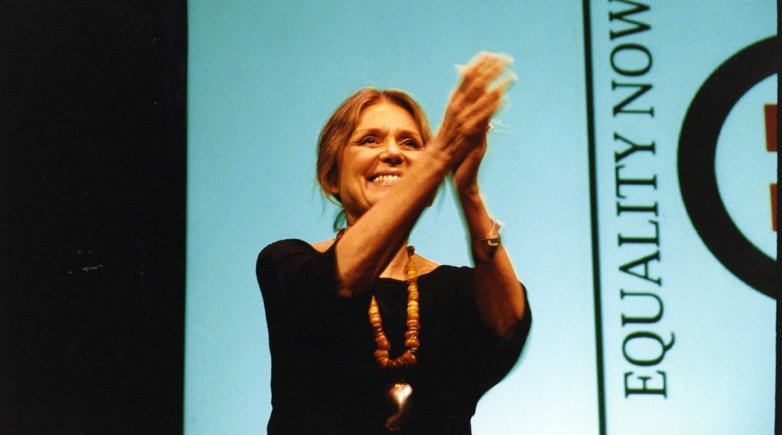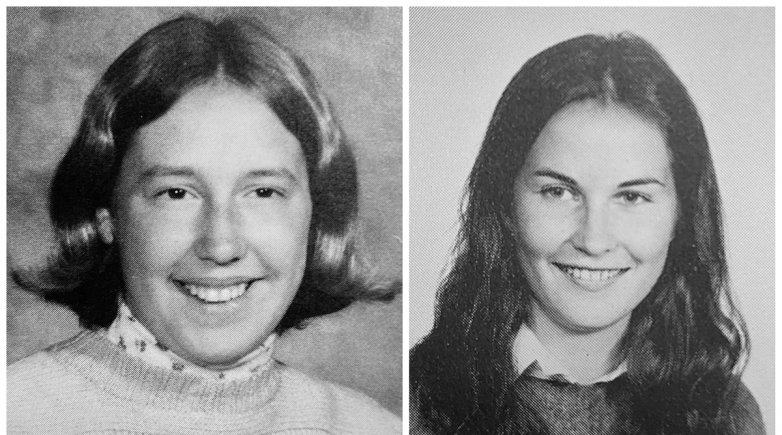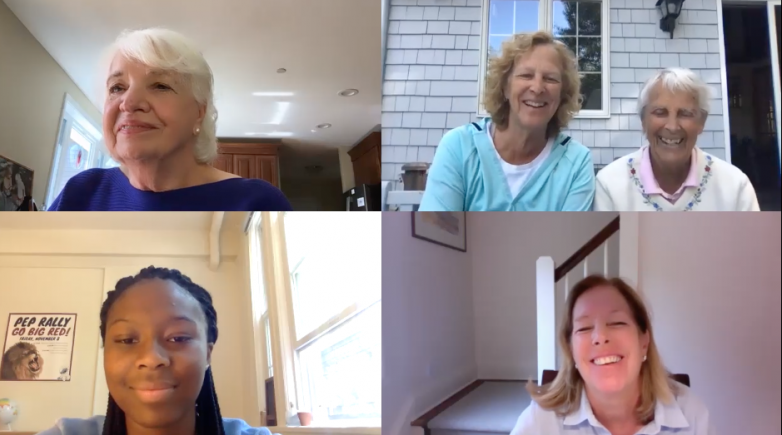'It's on us': Symposium series opens with talk on prevention
Dr. Charol Shakeshaft to present a reading and lead a discussion on preventing sexual assault in schools.
Dr. Charol Shakeshaft has been studying equity in schools for more than three decades and currently teaches graduate courses in research design, policy research methods, and gender and race equity. The author of four books and more than 200 referred articles and papers — many of which have received national and state awards — Shakeshaft focuses her research on three strands: gender and leadership; sexual abuse of students by adults employed in schools; and the effectiveness of technology for learning, particularly for students of color.
Shakeshaft is the first guest in a series of online discussions being offered ahead of an Academy symposium, “From ‘Studying Her Absence’ to Finding Her Voice: 50 Years of Coeducation at Exeter.” The symposium will be held in April and will feature a conversation with globally renowned journalist and social activist Gloria Steinem. Shakeshaft’s reading and the subsequent discussion is scheduled for 4 p.m. ET, Sunday, Feb. 7.
Ahead of her virtual visit, we caught up with Dr. Shakeshaft to ask her about her talk and the topic around which it is built:
Your topic, “’It’s On Us:’ Prevention of Sexual Assault in K-12 Schools” is a research area of which you are a pioneer, having co-published one of the earliest papers in this field in 1995. Why does this remain a critical topic of discussion?
Because I see no sign of sexual assault in schools stopping, and we want it to stop. I try to think about research that might be used to change how schools operate that would increase prevention. For instance, studying effectiveness of policies, training, and other practices to see what might help to prevent or stop adult employee sexual misconduct.
I’m talking about this topic as part of the symposium because there are people who believe school employee sexual misconduct was something that happened “back then,” but not now, and I want to underscore that school employee sexual misconduct is a continuing safety and public health issue for students: practically every day I get notice of a school employee — a teacher, a custodian, a principal, a counsellor — who has crossed the line and who has been sexually inappropriate.
Also, there are some simple actions that not everyone knows about but that can help prevent adult employee sexual misconduct, and I want to share those. School employees, students, and parents don’t really understand how to identify the behaviors they see that are red flags for possible sexual misconduct. Many students don’t understand the meaning of grooming behaviors directed toward them or others, so instead of understanding that these are boundary crossings that need to be reported, students shrug off these actions and dismiss them as something inappropriate, but not dangerous. Most parents don’t have the knowledge or understanding of grooming and predator behaviors to be able to code what they’re hearing from their children; as a result, they don’t say, “That behavior needs to be reported.” Staff members might say they wouldn’t ever behave in ways they see a colleague who is crossing boundaries behave, but don’t realize that the behaviors they are seeing are signs of possible harm to students and should be reported.
Everyone has a role in stopping employee sexual misconduct. I want everyone to “sign on” to make sure no more students are sexually abused by adults they trust in schools. It’s important to keep talking about this not only to underscore how common school employee sexual misconduct is, but also in order let students, staff and parents learn what they can do to stop it. I want to supply people with the skills and the awareness to be able to understand what they’re seeing and to know what to do about it.
So, when you say, “it’s on us,” you’re talking about the whole community looking out for each other — the parents, the colleagues, the kids, the administrators, the teachers — everyone.
Yes, that’s exactly right. The key to “it’s on us,” is that the predator’s not going to stop. We must stop the predator. The boundary-crosser is not going to stop unless we stop saying, “Oh, that’s just how he is,” or “That’s just how she is,” or “It’s been that way for years.”
We need the structure of policies in schools — and most schools don’t have sufficient policies. We need stronger requirements for hiring; we need codes of conduct for employees. We need to make sure everyone understands what is expected. We need to learn to report boundary crossing behavior that we see as easily as we would report smelling smoke in a school building. And we need to normalize this reporting responsibility by everyone. When we only expect certain groups or people to be aware and report, there are just too many ways that students fall through the cracks. Each of us has the potential and the capacity to be part of stopping the sexual abuse of student, and we must act.
You’ve been working in this area for quite some time. Do you remember how you first got involved in pursuing this research and advocacy?
I do! I had a doctoral student in the mid-to-late 1980s who was a high-school principal. One day he said, “I have a problem that I think maybe you could help me with: I think I have a teacher who’s having sex or dating students but I don’t know for sure and I don’t even know what I’m supposed to do about it.” I said, “Well, let’s see what administrative literature says.” We started investigating and didn’t find a lot of specific guidance about schools. But we did know that we needed to call the police. We did that, and ultimately the teacher was arrested and went to prison. But that experience prompted me to ask questions about school-employee sexual misconduct and I did a deeper search: there were no national statistics even though there were continuous newspaper and TV reports across the nation, and I looked at those. I began to wonder how common school-employee sexual misconduct was and how many students were targeted. I started my studies with practical questions: How big is the problem and what can we do to stop sexual abuse of students by school employees?
What’s your response to the framing question of the symposium, “What does it mean to create an equitable environment for women and girls instead of just allowing them to join a school community?”
For me, an equitable environment is one that respects and acknowledges each person and encourages and supports them to develop in whatever ways they are trying to develop, to provide the foundations for that to happen. Not to say, “No”; but to, instead, say, “Yes! How can we help?” It’s an environment where we teach equity and act equity, an environment where we constantly audit participation, attitudes, and achievement by both gender and race: we can’t have gender equity if we don’t have racial equity. We also can’t have gender and race equity without rethinking schools and schooling, without changing the ways organizations are operated, or without contesting assumptions about achievement, values, families, and work.
I’m 72 and, as a woman, a feminist and an activist, I know how hard we’ve had to push to get a foot in the door. Things are changing — in some ways too slowly, but still, let’s acknowledge that things are changing. But so often the way they are changing is by working to provide girls and women a place in a world created by boys and men. In other words, to have opportunities to do what boys and men have always done. That’s not an equitable environment for anyone. We still have internalized ideas of what girls and women should be, instead of letting them be who they are and our hold on progress is tenuous. For instance, women have lost the most jobs of any group during the pandemic. Most families are still ones in which there are limitations based upon gender, and where most childcare and household jobs are still done by women. There are structural barriers in our organizations and in society that limit growth.
But I’m excited about the possibilities that this series of events offers us as a community. I believe these discussions hold the promise of expanding all lives, and I’m honored to be part of this.



